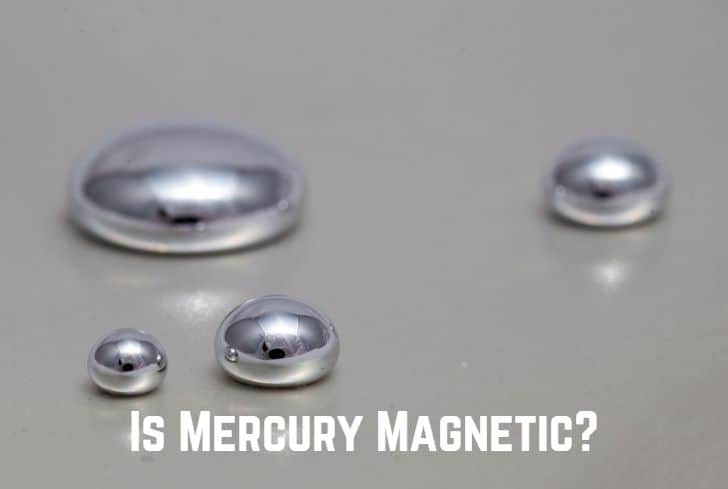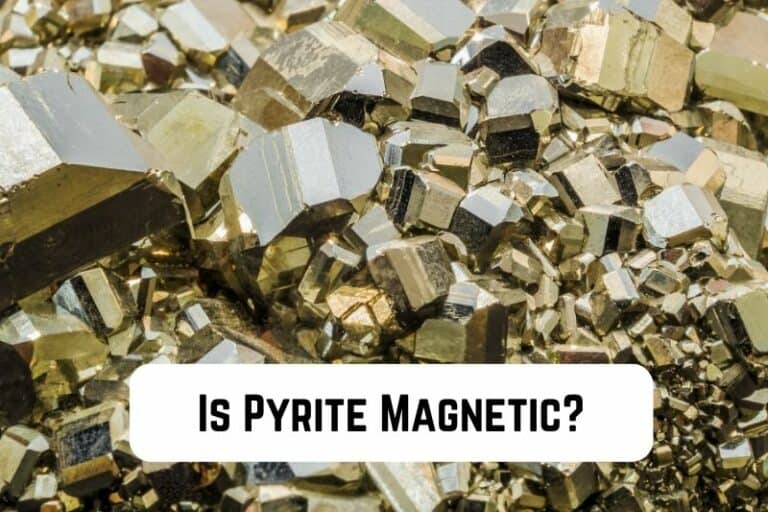Does Candle Wax Evaporate? (Answered)

Candles serve a variety of purposes in our homes. Some people use them as lighting fixtures, decorations for birthday cakes, or to enhance the appearance and fragrance of their houses. But most people are curious about where the burned-out candle wax goes. Does candle wax evaporate? It is a question most people ask.
We answer that question in this article. Additionally, we’ll let you know what temperatures the wax melts at and whether soy, Scentsy, or melted wax does evaporate. Furthermore, you’ll learn whether wax evaporates in a candle or wax warmer. We also let you know whether wax melts lose their scent in time.
Read: Does Diesel Evaporate?
Does Wax Evaporate?
Yes, wax evaporates, and you have probably seen it vanish when you light your candle. Candle wax evaporates into the air as the wick is lit and burns. The wax melts when the wick burns, evaporating into water vapor and carbon dioxide. While simultaneously feeding the wick, the wax keeps melting and evaporating.
The wax flows up the burning wick and evaporates as it melts. The candle wax that you usually see at the base is unburned. The wax must burn to release hydrogen and carbon for the wax to evaporate. Carbon dioxide and water vapor are produced when the two gases interact with oxygen in the atmosphere.
Learn more: The Science of How a Candle Burns
The above concept explains why candles appear to relight when you blow them out, even without a matchstick. Around the wick, the wax that has evaporated is still flammable. The residual wax vapor will ignite once more if a spark is nearby.
It is risky to leave candles burning continuously throughout the house. You need to know about the airborne particles produced by candle burning.
Consider the following if you wish to burn candles in your home:
- Use white candles free of additives.
- Burn in a space with good airflow.
What Temperature Does Wax Evaporate?
Different kinds of wax melt at various temperatures, with 80 to 180 °F (26.6 to 82.2 °C) being the most typical range. The wax will start evaporating at higher temperatures. Wax at room temperature is solid and melts into a liquid at higher temperatures. The wax continues burning, and the heat transforms it from liquid to gas.
The type and density of wax and the kind of substances added will determine the temperatures at which they will melt. Pure beeswax is the wax with the highest evaporation temperature.
The table below shows you the different evaporations temperatures for waxes.
| Type of wax | Evaporting temperatures |
| Plant-based waxes | 392-1022°F(200 to 550 °C) |
| Animal-based waxes | 143.6-149°F (62-65 °C) |
| Paraffin wax | 698 °F(370 °C) |
Does Wax Evaporate in a Candle Warmer?
The wax doesn’t evaporate in a candle warmer. Candle warmers lack wicks that need to be lit to create a flame. The wax won’t get hot enough to evaporate without a flame. The primary function of a candle warmer is to let the spread of a scent throughout the area without the need for a flame.
The candle warmer contains a source of light or heat. The warmer has a switch or an outlet for warming the object. Hence, you melt the wax electronically using a candle warmer to avoid using an open flame. Thankfully, many candle warmers have an auto-off feature to stop burning wax further.
Don’t use vegetable or plant-based waxes in a candle warmer, as they are more likely to explode. The wax at the bottom melts as it expands because the heat source is at the base, creating pressure inside the container.
Read more on how an electric candle warmer works.
Does Soy Wax Evaporate?
At 124 °F (51 °C), soy wax melts, and at 200 °F (93 °C), it begins to evaporate. Using a warmer to control the temperature is recommended instead of a flame. Using an open flame will cause soy wax to evaporate. Depending on the other additives, if any, soy wax melts and evaporates at a different rate.
Soy wax may become soft and clump together if it is overheated. The following are the results of overheating your soy wax.
- Frosting causes the soy candle’s color to fade.
- Due to uneven heat distribution, the container may crack.
- Fragrance is lost.
- You won’t get a strong soy wax candle due to the rough tops and cracking.
Soy wax is made from soybean oil through a process known as hydrogenation. Soybean oil is treated with hydrogen solution causing the oil to solidify and create wax.
Does Scentsy Wax Evaporate?
Scentsy wax does not evaporate. Its scent is the only thing that evaporates into the air. Paraffin wax, one of its primary components, has a low melting point. The resistance to evaporation of paraffin wax is strong. One of the reasons Scentsy waxes can last up to 50-60 hours. It doesn’t need a lot of heat to release its fragrance.
Due to Scentsy wax’s inability to evaporate, they are the best to use around homes. The waxes release no inhalable particles. Hence, there is no risk of inhaling poisons or carcinogens. You’ll only breathe in the fragrance oils.
Does Melted Wax Evaporate?
Melted wax burns before evaporating. Long chains of fatty acids and alcohol mix to form the long chains that make up natural waxes. The wax melts and becomes liquid. Wax that has already melted becomes gaseous with additional heating. But, evaporation needs a sufficient amount of heat to take place.
Waxes are hydrocarbons since they contain carbon and hydrogen atoms. Once an open flame is present, heat vaporizes the wax, turning it into a hot gas. The hydrocarbons are broken down into molecules of carbon and hydrogen by heat. The molecules are pulled into the flame, reacting with air oxygen.
The following substances are produced as a result of the molecules’ reactions with oxygen:
- Light
- Heat
- Carbon dioxide (CO2)
- Water vapor (H2O).
Even though it varies depending on the wax type, a chemical equation exists for wax melting. The general formula is:
=C25H52 + 38 O2 → 25 CO2 + 26 H2O.
It’s fascinating that the air seems dry around the burning wax despite water vapor. The simple explanation is that air can carry more water vapor when the temperature rises.
Does Wax Evaporate in a Wax Warmer?
Your choice of wax warmer will determine this. The wax is heated by a wax warmer until its scent is released into the atmosphere. But it also depends on if your wax warmer uses a flame. Wax evaporation is possible if you use a tea candle warmer and the wax contains a wick.
Wax warmers come in two varieties: electric and tea candles. Tea candles have an open flame and can get hotter. The temperature of an electric wax warmer is limited, unlike that of a tea light warmer. The electric warmers use various electric heating sources.
Some electric wax warmers generate heat from light bulbs. The bulb simultaneously emits light and disperses the fragrance. By using an electric wax warmer with a bulb, there is no exposed flame. Hence there is no evaporation.
A heating plate is included with certain other electric wax warmers. There is no open flame in the warmer, so there is no wax evaporation. You can control the temps by turning them on and off.
Plug-in types of electric wax warmers are also available, which you use with electrical outlets. Some may come with a bulb. There is no evaporation because there is no flame in the plug-in wax warmers.
Do Wax Melts Lose Their Scent?
Yes, wax melts lose their scent. Its wax doesn’t melt like a candle, but its scent does. Wax and fragrance oils are used to make wax melts. The wax melts when heated, and the fragrance oil gradually evaporates. The wax is all that’s left. The wax in the wax melts does not evaporate because there is no burning.
While the main function of wax in melts is to release a fragrance, it warms slowly and does not burn. Candles’ main function is to provide light, so the wick does that. Whenever you can no longer smell the scent in your wax melts, you should replace them.
A standard wax melt burns for 8 to 12 hours or until the aroma disappears. The following factors, however, will affect how long the scent of the wax melts lasts.
- The kind of wax melt you are using.
- The quantity of fragrance oil.
- The wax burner set up.
- how long you leave your wax burner on.
FAQs
Is Candle Wax Toxic?
Natural candle wax is non-toxic. Yet, those allergic to them may have hazardous effects from adding smell or color additives. If you ingest a lot of wax, it could plug your intestines and cause a blockage.
While paraffin wax has received negative concerns, beeswax, and soy wax are not hazardous. Paraffin wax is produced using petroleum byproducts. Since all waxes primarily produce carbon dioxide, water vapor, and fragrances, paraffin wax is not a hazard.
Is wax natural or manmade?
Waxes come in many forms. Natural waxes are derived from animals, plants, and petroleum. Synthetic waxes are artificially made: fatty acid amide waxes, Fischer-Tropsch waxes, and Polyolefin waxes.
Read: Does Ammonia Evaporate?
Conclusion
Certain types of waxes will evaporate depending on whether the heat source is an open flame or another heat source. Wax heated in a candle or wax warmer won’t evaporate, though.





